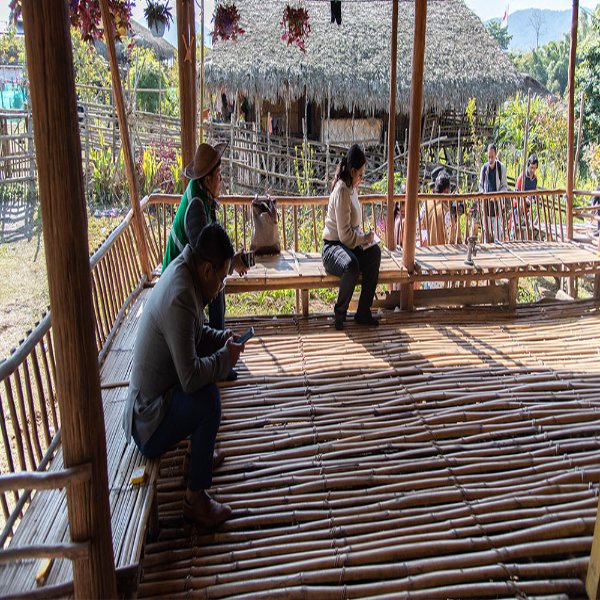tribal ecological knowledge
Galo’s Ecological Knowledge , arunachal pradesh
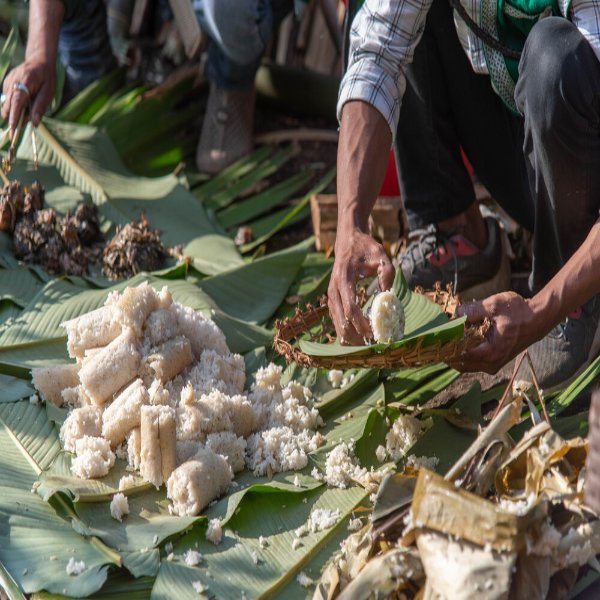
The Galo tribe uses traditional fishing methods like Lipum, involving stones and boulders to create fish shelters. This sustainable technique ensures fish populations remain stable, reflecting their deep understanding of aquatic ecosystems.
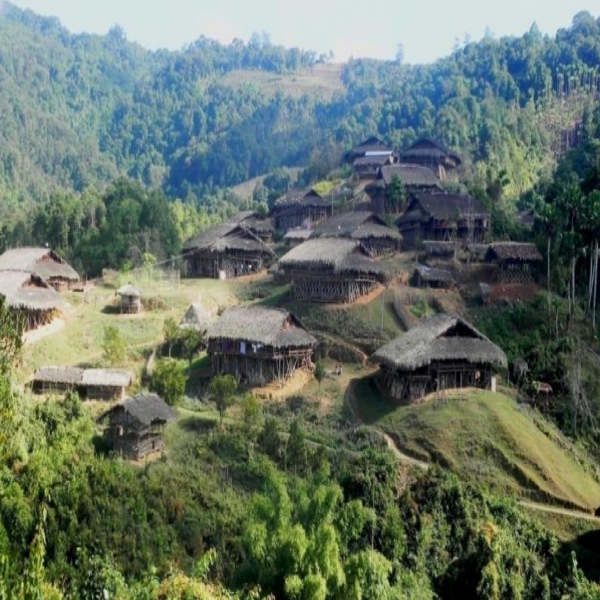
The Galo people actively protect forests by following taboo-based restrictions on certain trees and areas. These practices prevent ecological harm and maintain biodiversity, showcasing their commitment to forest conservation.
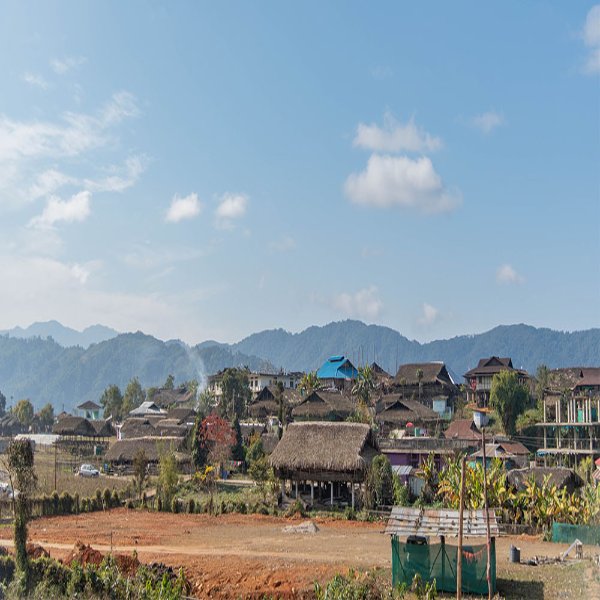
The Galo tribe employs natural methods to maintain rivers and streams, constructing small canals for irrigation and respecting riverbanks as sacred. This approach ensures sustainable water management and long-term resource availability.
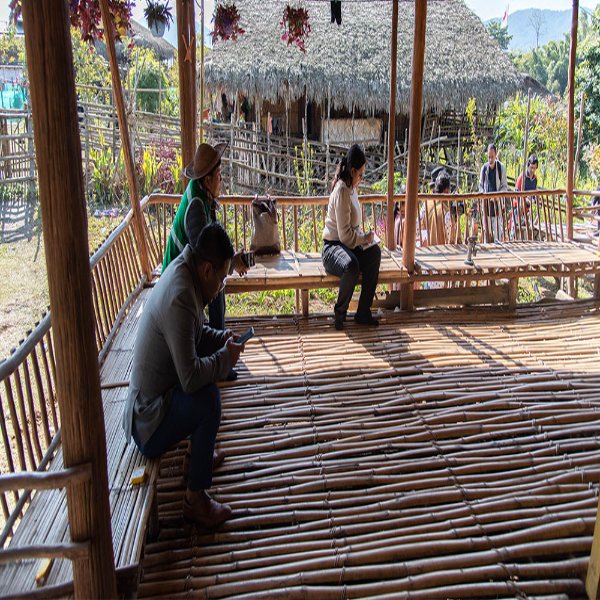
The Galo tribe has extensive knowledge of local fauna, using various animal species for food, medicine, and other purposes. Their ethno zoological practices reflect a deep understanding of the local ecosystem and species interdependence.
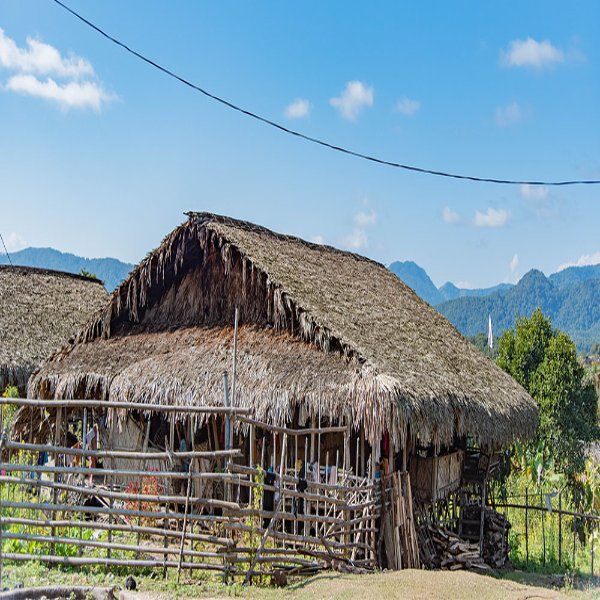
The Galo's belief in benevolent spirits presupposes rituals that must be carried out at certain intervals so as to pacify these entities. The rituals covering land, water, and forests involve spiritualistic beliefs and environmental stewardship, which proves how one can neither separate cultural beliefs from sustainable resource management.
